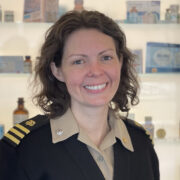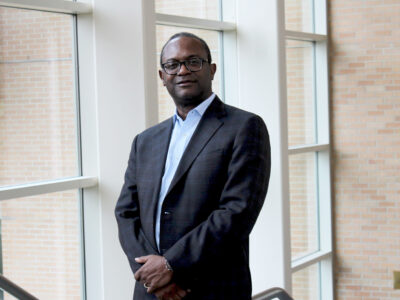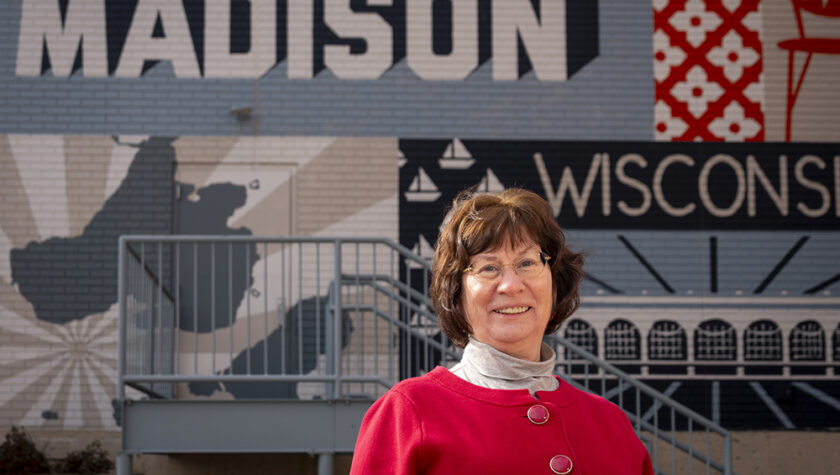
11
March

A degree in pharmacy empowered alumna Terri Hix to pursue changing passions while keeping a family focus
By Katie Ginder-Vogel
In 1970, Terri Hix (BS ‘80), an avid learner with an interest in science, was in eighth grade in Madison, Wis. She went to a health career fair and saw a poster about careers in pharmacy, and her future was decided in an instant.
“Pharmacy became my passion,” she says. “At 16, I worked the soda fountain at Rennebohm’s Drug Store, and at 18, I switched to the pharmacy side.”
As resolutely as she stuck with pharmacy, the details were flexible. Her career path took many turns as she explored everything from hospital pharmacy to academia.
“Things change in your life, and what was once a perfect job can change for many reasons,” Hix says. “I was never afraid to make a change.”
“I was never afraid to make a change.”
—Terri Hix
Her career exemplifies the flexibility of a pharmacy degree. As your interests evolve, your role can stay in lockstep.
“I worked for a PBM, a home infusion company, small and large hospitals in direct patient care, and in retail,” Hix says. “I learned what I could in each position and took those skill sets with me.”
Finding pharmacy
It wasn’t until after Hix was accepted into the University of Wisconsin–Madison School of Pharmacy that she learned she wasn’t the first in her family to be bitten by the pharmacy bug: her father had enrolled in pharmacy school before leaving to fight in World War II. When he returned to start college on the GI Bill, so much had changed in the field that he would have had to re-take all his courses, so he switched his major to journalism.
As a student, Hix enjoyed the tight-knit School of Pharmacy community, collaboration, and camaraderie. She got involved in the Phi Delta Chi pharmacy fraternity, did an independent study with former Professor Jim DeMuth (MS ’72, PhD ’74), and completed an independent study rotation in the Trauma and Life Support Center at UW Hospital with former Professor Ron Sorkness (BS ’72).
In her first year of pharmacy school, Hix assumed she’d become a community pharmacist, and continued her work at Rennebohm’s. But then she found herself intrigued by hospital pharmacy and made the switch to UW Hospital. One of her responsibilities at the hospital was to counsel patients on their medications before they were discharged.
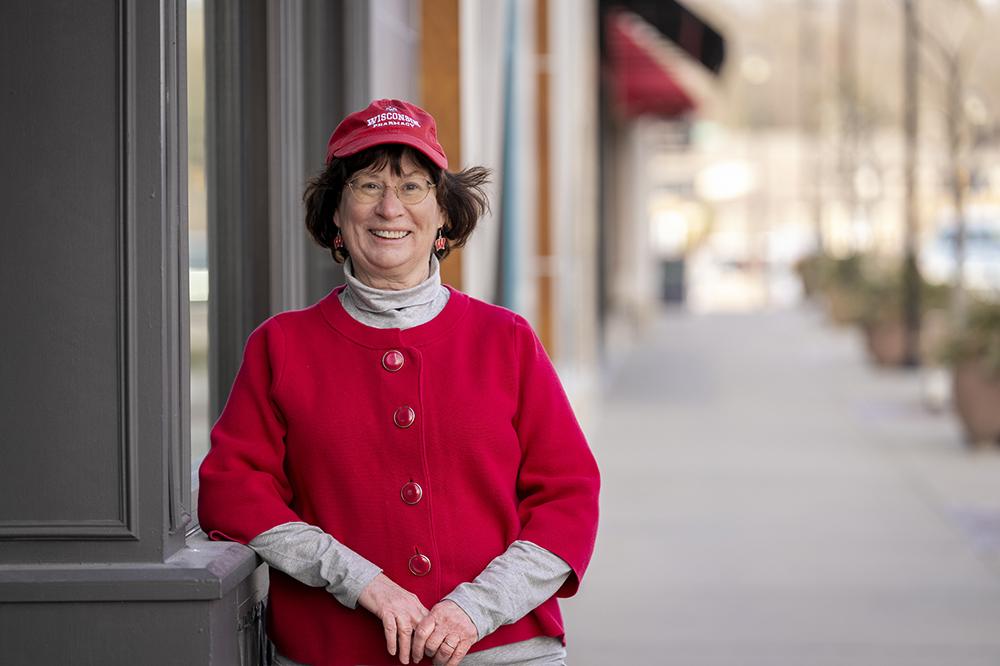
“I learned how to concisely counsel a patient with a big bag of meds to take home,” she says. “Once, I counseled a patient with a brain tumor, and his mother said, ‘I’m a nurse married to a physician, and you did an excellent job.’ That gave me confidence in my counseling.”
Hix and her husband, David — whom she met at UW–Madison while he was earning his PhD in forestry — moved to West Virginia in 1989. West Virginia University offered her jobs in every department.
“I had my options totally open,” says Hix. “I could have worked at the hospital, but I chose to work in patient communications with a professor.”
Hix put together the didactic part of the pharmacy school’s communications course, ran the patient counseling lab, and helped with the over-the-counter lab and counseling course.
“My work at UW Hospital, counseling patients who were discharged with meds, gave me the background for the job,” says Hix. “Also, at UW, pharmacists led small group discussions at the School of Pharmacy with students, so that helped me run the patient counseling part of the course.”
Hix also worked at a small community hospital part-time on Saturdays and during the summers, where she hoped to expand pharmacy services.
“I realized the value of my UW–Madison education and tried to make inroads in clinical pharmacy, but they weren’t ready,” Hix says.
Exploring infusion and industry
Hix jokes that “two and a half years and three children later,” the Ohio State University (OSU) hired her husband for a faculty position in silviculture and forest ecology. The family moved to Columbus, Ohio, in 1991, and Hix found a part-time, on-call position in home infusion.
“I used my skills from my clinical background in hospital pharmacy to elevate the practice of home care,” she says.
She spent three and a half years in that role, before moving to Medco, which had started as a local Pharmacy Benefits Manager (PBM) for state employees in Columbus and merged with Merck in 1993 to become Merck-Medco.
“At Medco, I did patient counseling. Patients would call to ask the pharmacist a question, and I took my knowledge of teaching patient counseling and applied it to my role,” she says. And she used the opportunity to continue to fuel her lifelong learning.
“I never wanted to be stagnant […] I always wanted to stay on top of cutting-edge information.”
—Terri Hix
“I never wanted to be stagnant,” she says. “When a new drug came out, or a news story ran about a drug, our phones would light up. It kept me extremely current. I always wanted to stay on top of cutting-edge information.”
Hix was able to work with OSU pharmacy students, who would come listen to her counsel patients on the phone. She also helped with managed care programs — drug interchanges and prior authorizations. In the mid-1990s, she worked on a project that turned out to be a precursor to medication therapy management for specialty pharmacy.
“For patients with high-cost medications, we’d look at their profile, interview them to make sure we understood their meds, and talk with their doctor about ways to improve their medication regimen,” Hix explains.
Expanding practice
In 1999, Hix landed a part-time pharmacist position at the Kroger five minutes from her house.
“The manager let me pick my hours, and it was the perfect job as my kids were getting older,” Hix says. “I felt like I was truly the neighborhood pharmacist, helping people I knew from church, Girl Scouts, and the neighborhood. I stayed for 10 years.”
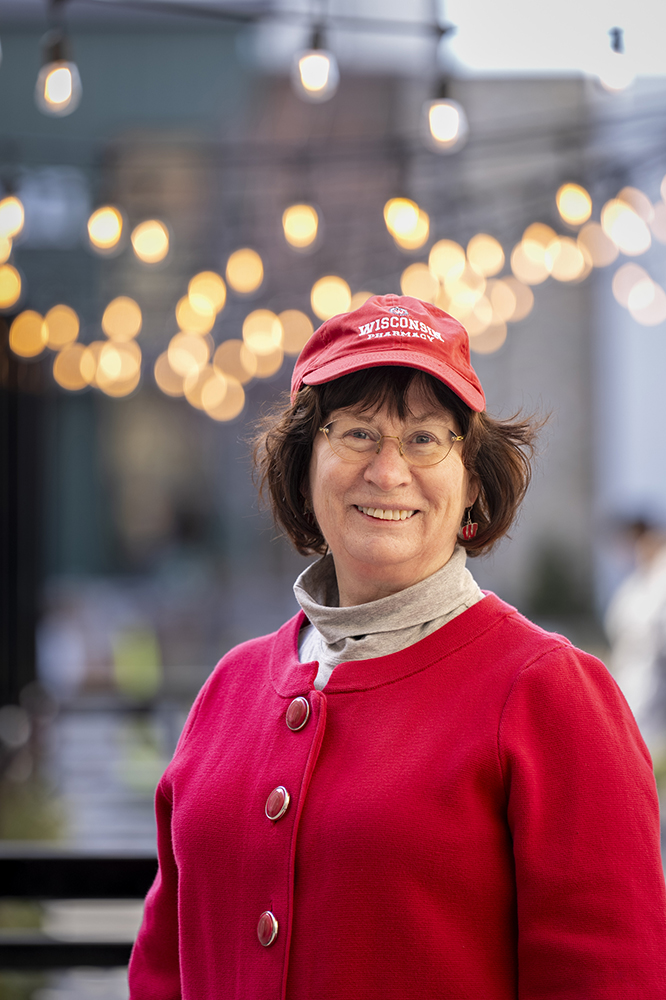
While at Kroger, Hix served as a preceptor for an Ohio State University program in which fourth-year pharmacy students could complete a longitudinal rotation in the community. Hix had the idea to deliver patient medication to the local senior center, just like Kroger’s grocery store delivered to the senior center. She began visiting the senior center with students. First-year pharmacy students would sit and talk with residents to learn how to communicate with older patients, and fourth-year students did medication reviews, conducted blood pressure checks, taught people how to use blood sugar meters, and visited residents’ apartments to help clean out their medicine cabinets and check on how they were storing their medications.
“It was a great experience and a win-win for everybody,” says Hix. “Residents who rarely left home received prescription care from a pharmacist that they wouldn’t have had otherwise. I felt like I was really part of the community.”
When Hix turned 50, she was ready for another change. A new Ohio Health hospital opened in the neighboring town, and she applied. She was hired as a part-time pharmacist and held onto her part-time position at Kroger.
“I had to relearn my hospital skills; it had been 20 or 30 years,” she says. “But things came back to me fast because my skills were so strong from my education at UW–Madison.”
Eventually, Hix began working full-time at the hospital on the night shift, where she stayed for three and a half years. She did all the drug deliveries, answered questions, and did orders remotely for two additional hospitals in the system. When an opportunity came up to work in the anticoagulation clinic at the same hospital, Hix applied.
When Hix joined the clinic, a group of nurses, doctors, and two pharmacists managed 1,400 patients. Then, the structure changed to be completely pharmacist-based, and most of the staff left.
“Everybody left but me,” says Hix. “I had another job offer and thought about leaving, but then I realized there would be nobody left to care for our patients, so I stayed. I talked to my manager and said, ‘If I stay, I want to be the supervisor of the new hires, because I want to do this right.’ We were more efficient and could see more patients.”
Hix stayed, and the anticoagulation clinic became a pharmacy department. Eventually, she became the coordinator of all 14 anticoagulation clinics in the Ohio Health system.
“The manager above me was a new graduate with a master’s degree in pharmacy,” Hix says. “I loved it. My colleagues were the same age as my kids and became my work children.”
When the hospital adopted Epic Systems software, Hix was thrilled. Her son was working at Epic, and she had felt for some time that the software was important.
“Residents who rarely left home received prescription care from a pharmacist that they wouldn’t have had otherwise. I felt like I was really part of the community.”
—Terri Hix
“My younger colleagues knew the ins and outs of Epic software and taught me so much that I became the helpdesk for anticoagulation,” says Hix. “We tracked adverse events through all the anticoagulation clinics in the Ohio Health system. I delved into the charts to recreate what went wrong and train people to avoid it.”
During the COVID-19 pandemic, Hix and her team again got creative. They called patients on the phone, switched them to new drugs that required less in-person monitoring, and called insurance companies to arrange approvals. With the average age of patients on warfarin being 70 to 90, Hix put a lot of energy into determining what was best for patients clinically.
Return to Madison
When the pandemic began to wind down, Hix decided it was time to retire and head back to Madison, following two of her three adult children. Hix, her husband, and their two dogs live in a prairie restoration area of Bishops Bay, in Middleton.
Hix’s husband, also retired, has gotten involved in prairie restoration and volunteers for Dane County Parks and Governor Nelson State Park. She accompanies him on his volunteer excursions, and the pair are also revisiting their favorite state and national forests in their Airstream trailer.
Through all of her career’s turns, Hix was motivated by two forces working in unison: her love of patient care, and her devotion to her family.
“I wasn’t afraid to change my work for my family. I chose to have my children, and I needed to put them first,” says Hix. “And I was still able to make the most of every opportunity I had in my career.”



